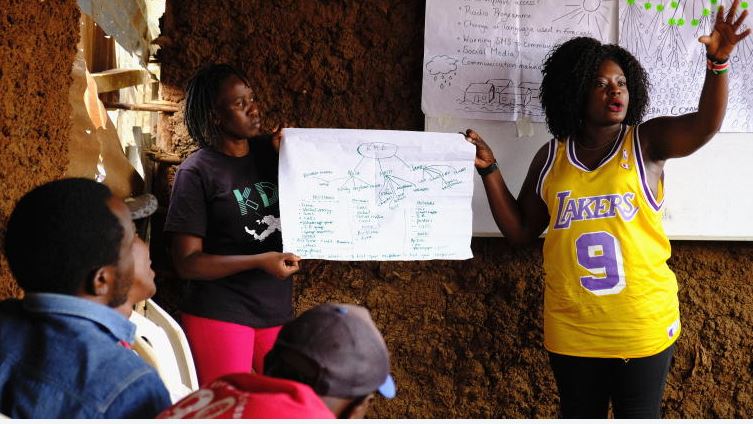×
The Standard e-Paper
Stay Informed, Even Offline

A group of young men huddle together next to a storm water drain in Kibra’s Lindi area, seemingly excited by a message from one of the men’s phone.
The text message is from ‘Weather Mtaani,’ a group of local volunteers who interpret weather forecasts received from the Kenya Meteorological Department before broadcasting them to the local community in order to avert disasters that occur during heavy rains.